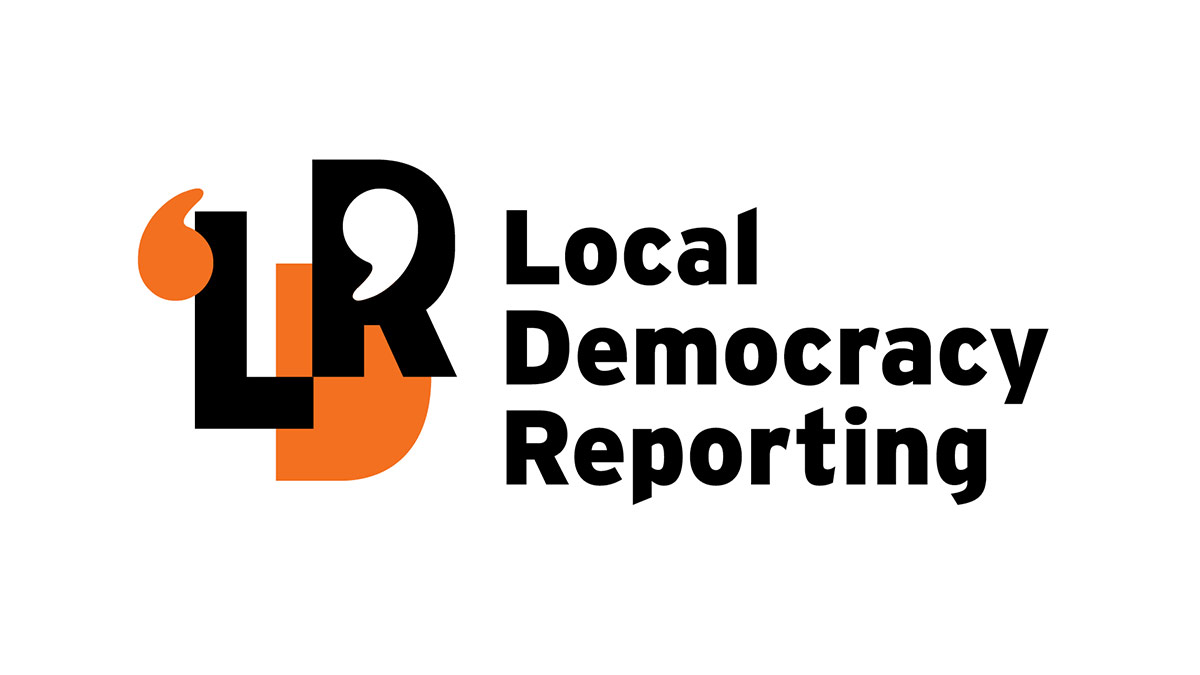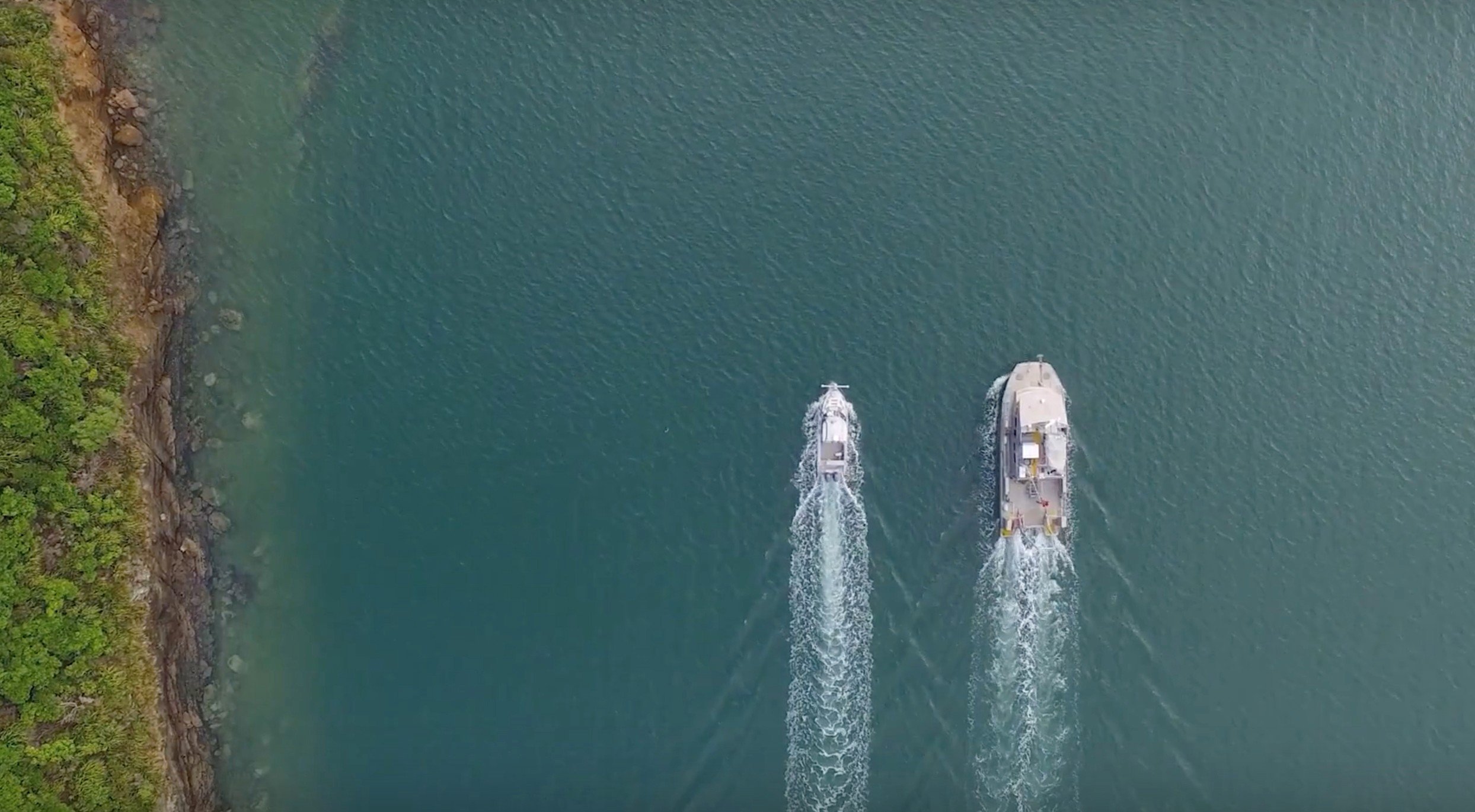The survey producing a ‘treasure map’ of important areas of biodiveristy in the Marlborough Sounds


The seabed in the Tōtaranui/Queen Charlotte Sound and Kura Te Au/Tory Channel was mapped in 2016 and 2017, costing $1.5 million. Photo: Supplied.
Millions of investment for a sound wave survey has helped uncover significant marine sites in the Marlborough Sounds in areas that have never been properly mapped before.
The mapping of the Sounds first started using multi-beam technology to produce three-dimensional maps of the ocean floor in 2015.
Marlborough District Council’s coastal environmental scientist Oliver Wade told councillors at an environment and planning committee earlier this month the technology helped to “scratch the surface” of what was going on with the sea floor.
The surveys had uncovered “very large areas” of bryozoan reefs in the outer Queen Charlotte Sound/Tōtaranui – something that had huge biodiversity value, Wade said.
“They're like a coral, so they form gardens on the sea floor,” he said.
“These areas are really important for blue cod as a nursery area, and no-one knew that they were there before.
“To give you an idea, this is probably the largest area of bryozoans left in Te Tauihu across the top of the south. It's hundreds of hectares.”
He said there was a larger bryozoan reef at Separation Point near Abel Tasman National Park, but a recent survey suggested it had been lost due to changes in sedimentation.

Mapping began with Rangitoto Ki Te Tonga/D’Urville Island in 2015, then Tōtaranui/Queen Charlotte Sound and Kura Te Au/Tory Channel the following year. A number of wrecks were discovered.
Since 2019, the council’s focus, in collaboration with Land Information New Zealand, had been on mapping 300km2 of the western Marlborough Sounds, which included Pelorus Sounds/Te Hoiere, Te Aumiti/French Pass and Admiralty Bay.
However, in order to best optimise the funding given its cost, the decision was made last year not to process the data to the same extent as previous surveys. The council committed $1.25m over the next five years to best utilise the data.
It also engaged Marine Bioservices New Zealand senior marine ecologist Dr Tara Anderson, who was a multibeam mapping expert, to provide advice on the best utilisation of the data collected.
In her report, Anderson said the data provided a “treasure map” of the Marlborough Sounds.
Speaking to councillors over Zoom, she said the bryozoan reefs that had never been documented in the Queen Charlotte Sound had lots of juvenile fish, especially blue cod. This would likely replenish adult fish, Anderson said.
“The currents come through here are quite intense, so there’s not as much fishing,” she said.
She said the area was very much like a coral reef in that it formed a hard structure. It supported a high diversity of sponges, hydroids, small biota, little mobile crabs and little fish.
“If we want to make sure these environments last, it's really important io know where they are and what their quality is like and how to look after them into the future.”

Meanwhile, in the Pelorus Sound, Anderson said they found lots of “biogenic rubble”, or structural debris.
“This is particularly important we've found for juvenile blue cod,” Anderson said.
She said areas of high current had “massive” sponge communities, and “really diverse” reef communities.
She said scallop dredging probably had a massive impact on removing blue cod habitat.
“It's probably important to actually know where these structural habitats are, and how they have changed through time.”
Marlborough mayor Nadine Taylor asked how the data would be used.
Wade said under the Proposed Marlborough Environment Plan there were protections that could be put in place around significant marine sites. A report for this would be coming to the committee later this year.
“There is a lot of significant stuff all over the place. We do have those mechanisms through the plan, through the policy to put protections around those.
“The main damage that we see is through physical disturbance, so trawling, dredging, anchoring, and we do have specific rules targetting those activities in the plan.
“We don't have the powers to stop dredging in the whole sounds. But it’s a great start.”
Public Interest Journalism funded through NZ on Air.

